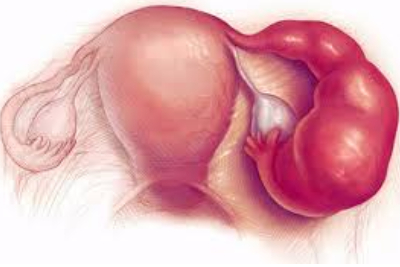All You Need To Know About Endometriosis
All You Need To Know About Endometriosis

Endometriosis is a common disorder that affects women of reproductive age. It occurs when normal endometrial tissue (the lining of the inside the uterus) is growing outside the womb lining. This can be found anywhere within the abdominal cavity, including behind the uterus, on the ovaries, in the lungs, in the umbilical area, or even in the breasts.
Severe endometriosis is often associated with infertility due to the chronic inflammation which occurs, as result of the abnormally positioned endometrial tissue. All endometrial tissue, whether located in the womb or not, respond to the normal hormones, which regulate the woman’s menstrual cycles. This means that there is usually bleeding from misplaced endometrial tissue during normal menstruation resulting in chronic irritation.
Causes
Several theories exist as to how endometriosis begins. One possibility is retrograde menstruation. This implies backward flow of the menstrual discharge through the fallopian tubes into the pelvis. According to this theory, the endometrial cells may implant on the ovaries or elsewhere in the pelvic cavity.
Effects
Endometriosis may affect the ovaries, resulting in blood filled cysts called endometriomas. In some cases bands of fibrous scar tissue called adhesions may bind the uterus, tubes, ovaries and nearby intestines together.
Adhesions and scarring are responsible for tubal damage
Symptoms
Severe period pains or menstrual cramping is associated with endometriosis. They are caused by contraction of uterine muscle initiated by prostaglandins which have been released from endometrial tissue. Endometriosis can also cause pain during intercourse, a condition known as dyspareunia.
Endometriosis may not be “curable” but fortunately many effective treatments for managing the condition and maximizing the chances of conception are now available.
The following are some ways this can be achieved
• Surgical excision of endometrotic cysts or tissue may be recommended.
• Adhesion may also be surgically removed, in an attempt to clean up the pelvis
• All surgeries can be carried out by operative laparoscopy/laparotomy.
• Hormonal treatment is also available to suppress the chronic irritation and cysts caused by endometriosis. Danazol, progesterones, oral pills and GnRH analogues are some useful drugs.
• In mild endometriosis, ovulation induction and intra-uterine insemination may be considered.
• Otherwise IVF treatment is usually indicated.





